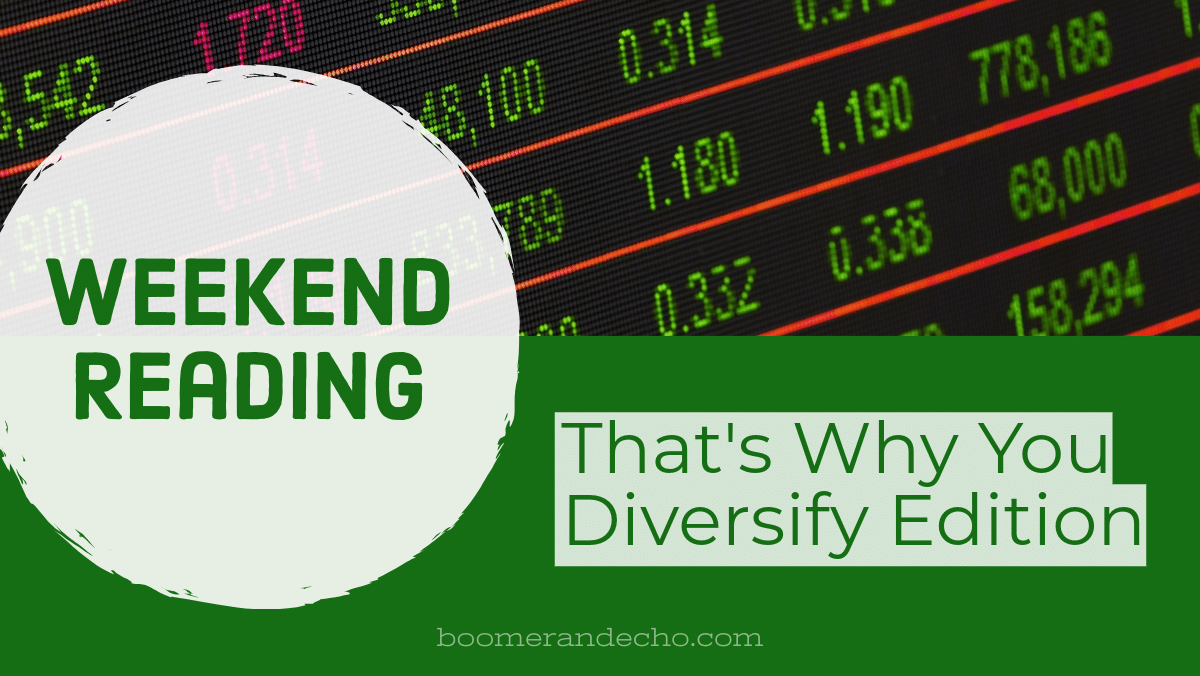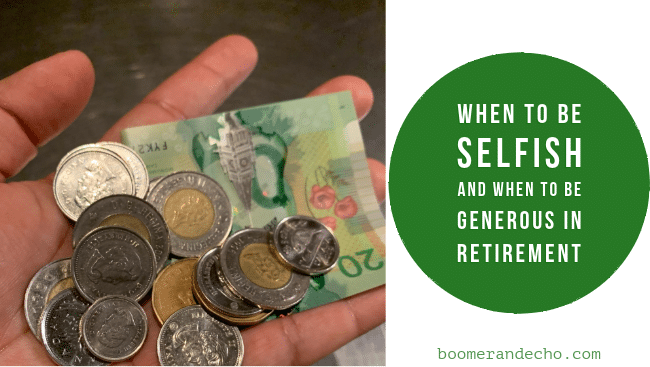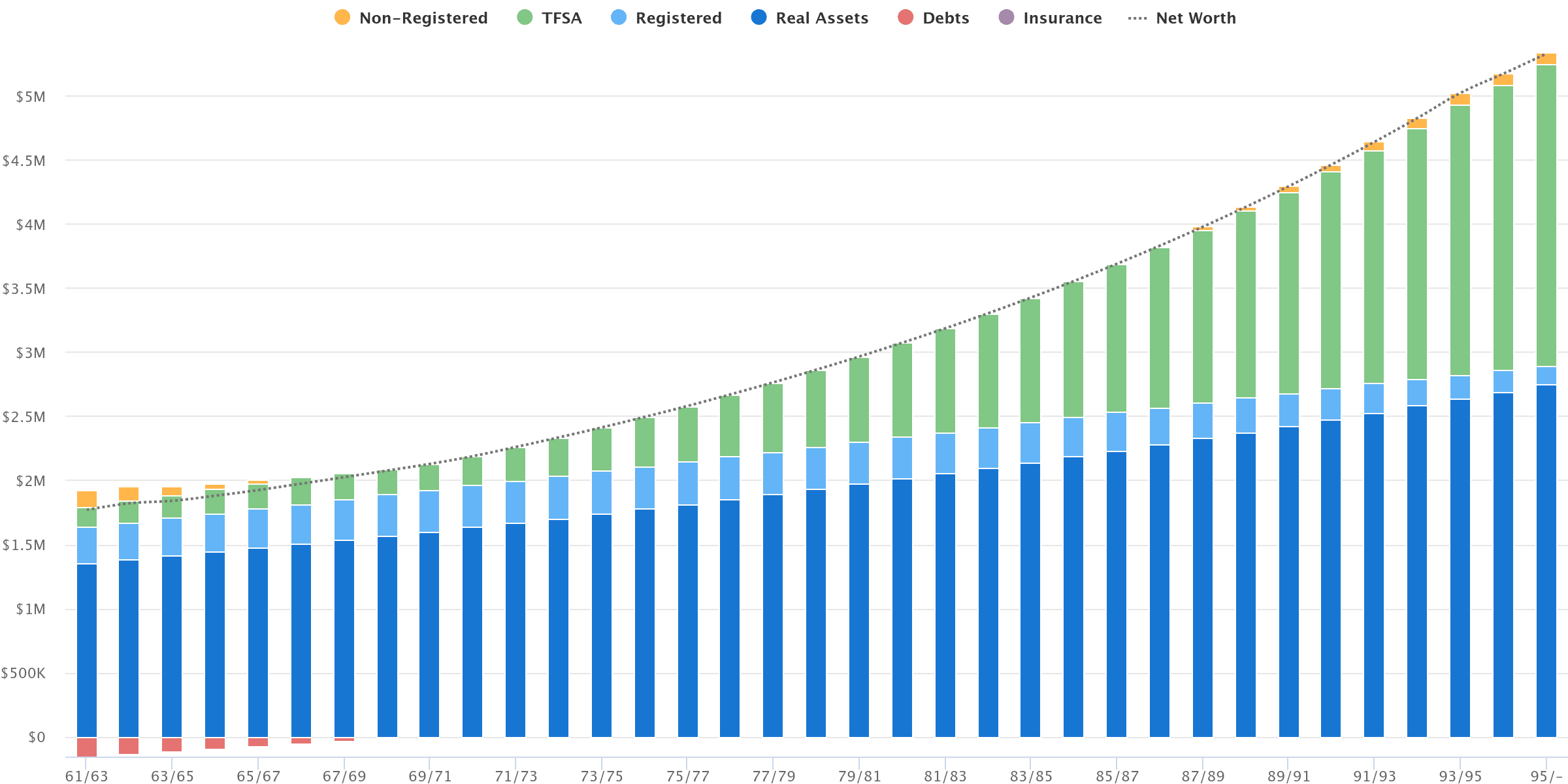
My inbox has been flooded lately with worried investors who feel anxious about the current market environment. It seems once again we find ourselves in unprecedented times.
While the future is always uncertain, the stock market is a forward-looking machine and is constantly gathering new information to assess the outlook of individual companies and the broader economy.
If you’re worried about the impact of tariffs, you can rest assured that millions of other investors share the same sentiment and that angst is reflected in the current price of stocks. Indeed, we’ve been hearing about tariffs for six months, and they have been in place (to some degree) for several weeks.
It’s easy to see why some investors might be spooked.
Tesla stock is down 34.43% YTD.
NVIDIA stock is down 14.90% YTD.
IBIT (Bitcoin Trust ETF) is down 13.85% YTD.
What about popular index funds?
XQQ (NASDAQ) is down 6% YTD
VFV (S&P 500) is down 3.51% YTD.
Worrisome, sure. But certainly not a March 2020 calamity, or a 2022 sell-off. Heck, at this point you can’t even say it has been a standard run-of-the-mill correction.
Instead it’s a stark reminder that markets don’t go up in a straight line, and that riskier assets that may have delivered outsized returns in 2023 and 2024 are not immune to corrections or crashes.
It’s also a reminder of why we diversify. Buy the entire haystack, as they say, rather than looking for needles.
Diversification means always having to say you’re sorry. When you own everything, you’re sorry that you hold the worst performing assets.
You’re sorry that you hold bonds when stocks are soaring.
You’re sorry that you hold international and emerging market stocks when US stocks have outperformed everything.
You might have even been sorry that you hold the S&P 500 when the more tech-heavy NASDAQ has been on fire.
It’s easy to have FOMO when risky assets are going to the moon. Your globally diversified portfolio probably feels too conservative – like you’ve invested in a bunch of boring GICs. Chasing winners feels good.
But when those riskier assets drop like a stone, a globally diversified portfolio acts as a parachute to slow things down and spread out the risk over thousands of stocks and dozens of countries.
Instead of feeling sorry that you own everything, you’re thankful to not be concentrated in the worst performing stocks, sectors, or regions.
Back to my inbox. When I’ve received frantic messages about the market I pull up a chart of VEQT (14,000 global stocks) and see that it’s up 0.44% on the year. VGRO (80% stocks and 20% bonds) is up 0.43%, not including dividends. VBAL is up 0.75%, not including dividends.
Hmm, that’s strange. What turmoil?
And it’s not like these globally diversified baskets have been stuck in the mud. Take a look at the returns in 2024 and 2023:
| VEQT (100/0) | 24.87% | 16.95% |
| VGRO (80/20) | 20.24% | 14.86% |
| VBAL (60/40) | 15.63% | 12.69% |
Not too bad.
Could it be the case that news headlines have been scarier than usual lately (take this ominously titled G&M article)? That’s possible.
Could it also be true that some investors got in over their heads chasing past performance and are actually seeing a sharper decline in their portfolios due to that concentration in riskier assets? Also possible.
I get it. You feel like a novice when your properly diversified portfolio is lagging behind the highest performing investments of the moment. It probably feels like reckless investors are getting rewarded while you patiently wait for diversification to “pay off”.
Well, here we are. That’s why you diversify. Maybe now it’s our time to shine.
This Week’s Recap:
It was truly an honour to get to chat with The Wealthy Barber David Chilton about navigating retirement and advice-only planning.
Thank you to everyone who reached out with kind words about the podcast. And to all of the new prospective client inquiries – please bear with us while we get through a backlog of messages and try to book discovery calls.
In my last article I wrote about when to be selfish and when to be generous in retirement.
Promo of the Week:
We had a wonderful time in Cancun last month, perfectly timing the escape of -30C weather in southern Alberta and then arriving back to positive temperatures a week later.
Now we’re busy firming up our Easter trip to Italy and our summer travel plans in the UK.
My wife and I each hold an American Express Platinum card and carry them with us when we travel. That came in handy at the busy Cancun airport when we can each get ourselves and a guest into the airport lounge for a few hours before our flight. Lounge visits can cost upwards of $50 USD per person these days.
If the Platinum card isn’t in your budget, consider the American Express Gold Rewards Card, where you’ll earn 5,000 Membership Rewards points per month that you charge $1,000 to the card (up to 60,000 MR points over 12 months). You’ll also get a $100 annual travel credit, plus 4 complimentary airport lounge visits each year.
Use my Platinum referral link, scroll to the bottom to “Explore Other Cards” and click the American Express Gold Rewards card for the unique referral offer for that card.
Weekend Reading:
Here’s Of Dollars and Data blogger Nick Maggiulli on how not to invest.
A Wealth of Common Sense blogger Ben Carlson looks at if international diversification is finally working.
Millionaire Teacher Andrew Hallam aks the question on everyone’s mind, should you shift your investments because of Donald Trump?
Jason Heath says tax and other pitfalls await when you inherit real estate:
“Unless you plan to use the property, ask yourself whether you would buy it with an equivalent amount of cash.”
Heather Boneparth answers a reader question: I’ve tried everything to get my spouse more involved with our finances. How can I get them to the table?
PWL Capital’s Braden Warwick looks at the characteristics of an optimal financial plan.
Here’s Andrew Hallam again on why saving money matters more than your investment choices.
Ben Felix explains why sequence of returns risk should be reframed as sequence of withdrawals risk:
If retiring cold turkey isn’t for you, consider a phased retirement that lets you scale back at work and ease into retirement before eventually stepping away completely.
For Globe & Mail subscribers – the singles tax of going it alone on saving for retirement.
Aravind Sithamparapillai explains what you need to know about RESPs when you’re about to have a baby.
Finally, Jason Zweig writes about the shocking last decision of Daniel Kahneman, the world’s leading thinker on decisions (WSJ subs).
Have a great weekend, everyone!
It was my tremendous honour and privilege to speak with the one and only David Chilton (aka The Wealthy Barber) on his latest podcast episode.
We spent over an hour discussing retirement planning, advice-only planning, my unconventional transition to the world of personal finance and advice-giving, and much much more.
Dave is one-of-a-kind, a world class communicator, and truly one of the nicest people out there. His earlier work has been incredibly transformative and impactful in my own life, from the original The Wealthy Barber book published in 1989 that I read as a teenager, to The Wealthy Barber Returns in 2011.
Now Dave is back and on a new mission to help Canadians save, invest, and retire comfortably. In addition to the podcast, he frequently puts out short-and-to-the-point videos across his social media channels Subscribe to his newsletter and you’ll get a weekly recap of his videos and link to the latest podcast.
I hope you find the time to listen to the latest podcast episode or watch it on YouTube. I had blast chatting with Dave, and I think you’ll enjoy the conversation. If you can, please share it with someone who you think would benefit from the content.

Prospective clients come to me when they’re on the cusp of retirement and looking for answers to key questions like when can I retire, how much can I spend, how long will money money last, and, ultimately, am I going to be okay?
I gather information about their current situation (income, account balances, asset allocation, expected income from a pension and/or government benefits, property value, debts, etc.), and ask them to list their financial goals and burning questions.
Then I plug those numbers into my financial planning software to model out my interpretation of their current situation and future goals to see what’s possible. Your numbers are going to tell a story, whether there are obvious opportunities to take advantage of or red flags to consider.
I use conservative assumptions for life expectancy, rates of return on savings and investments, and assume spending will increase annually with inflation.
One common observation I notice is that the early retirement years can often be financially precarious. That’s when new retirees want to spend the most money on travel and hobbies. It’s also a period of time that often overlaps with the desire to help children through post-secondary and into early adulthood.
Throw in a new vehicle and a home renovation into the mix and you can easily see the financial stress signals mounting.
Meanwhile, early retirees haven’t yet taken their government benefits, so they may be drawing significantly from their own savings (RRSPs, TFSAs, non-registered accounts) to make all of this work.
Not to mention poor stock market outcomes causing sequence of return risk.
I call this the retirement risk zone.
This can be a frustrating time for seemingly well-heeled retirees because they might see their retirement projections look something like this:

Your numbers tell a story, and the story here is a couple retiring with a net worth of $1.8M. Sounds great, except for the bulk of net worth is tied up in their home ($1.3M). And while they have about $600,000 in savings, they also still have a mortgage balance of $100,000 as they enter retirement.
See the dilemma? The couple sees their net worth taking off in their 70s and beyond (once CPP and OAS are fully kicked-in for the couple) and wants to pull some of that forward to spend more now.
But that’s not possible without tapping into home equity (downsize, sell and rent, or borrow on a line of credit). That solution is not appealing for this newly retired couple.
It might be tempting to take up their CPP benefits early (ages 61 and 63, respectively), but they’d be giving up a permanent reduction in their benefits and a lifetime loss of income. Instead, they’ll wait and take their CPP at age 66 along with OAS at age 65.
With the home equity release strategy off the table for now, the couple must spend carefully in these early retirement years to make sure their savings will last.
That means being “selfish” to ensure they can meet their desired spending needs over the next 5-10 years of early retirement (their go-go years).
Selfish because this does not appear to be the time to hand out large financial gifts to their children. Put on your own oxygen mask first before assisting others, as the saying goes. Take your own bucket list trip before emptying your TFSA to fund a child’s down payment.
But, as your CPP and OAS benefits kick-in and boost your guaranteed income floor, and as the go-go years of spending wane, you might find yourself in an annual surplus and even contributing to your TFSAs again.
That, and you might re-consider selling the home as you age – which will top-up your savings buckets.
If your spending needs are being met, you have a surplus of cash flow, and you have an appropriate backstop of home equity and TFSA funds, then it makes perfect sense to explore an early giving approach with your child(ren). Give with a warm hand, before the will is read.
Indeed, rather than continuing to max out your TFSAs while your own spending declines in real terms and you’re still sitting on a pile of home equity, consider your 70s as a time for generosity.
Think about it. Your kids might be in their late 30s, or early-to-mid 40s. A gift of $100k is arguably more valuable and significant at that age than an inheritance of $500,000 when they’re in their 60s and already retired.
It doesn’t have to be $100k – whatever you can reasonably afford in the context of your plan. It could be something as small (yet meaningful) as an agreement to fund your grandkids’ RESPs annually ($2,500/year). What an incredible gift and a relief for young parents trying to balance competing financial priorities in their own lives.
Your generosity could be in the form of buying more time together as a family. One retired couple I’ve worked with pays for the entire family to go to Hawaii for a week each year – covering the airfare and accommodations so that their two children and their families can come together for a relaxing vacation.
The point is, you can scale your generosity to match your financial capacity and values (of course, respecting the needs of your children and their independence).
The key is to talk about it so everyone is on the same page and expectations are properly set.
So, rather than just filling up your TFSAs each year as your own spending declines – I’m making the case for some level of generosity into your 70s and beyond to prevent an overly large final estate and to help give with a warm hand.

You can still leave yourself with a reasonable margin of safety (home equity + TFSA balance) without getting too carried away with growing the pile.
The time to do that is not in your early 60s, when finances are a bit more precarious, but in your 70s and 80s as your personal spending slows down and your net worth starts to climb once again.
Retired readers: Are you providing financial assistance to your adult children in any capacity? How do you balance this in relation to your own retirement plan and resources?
